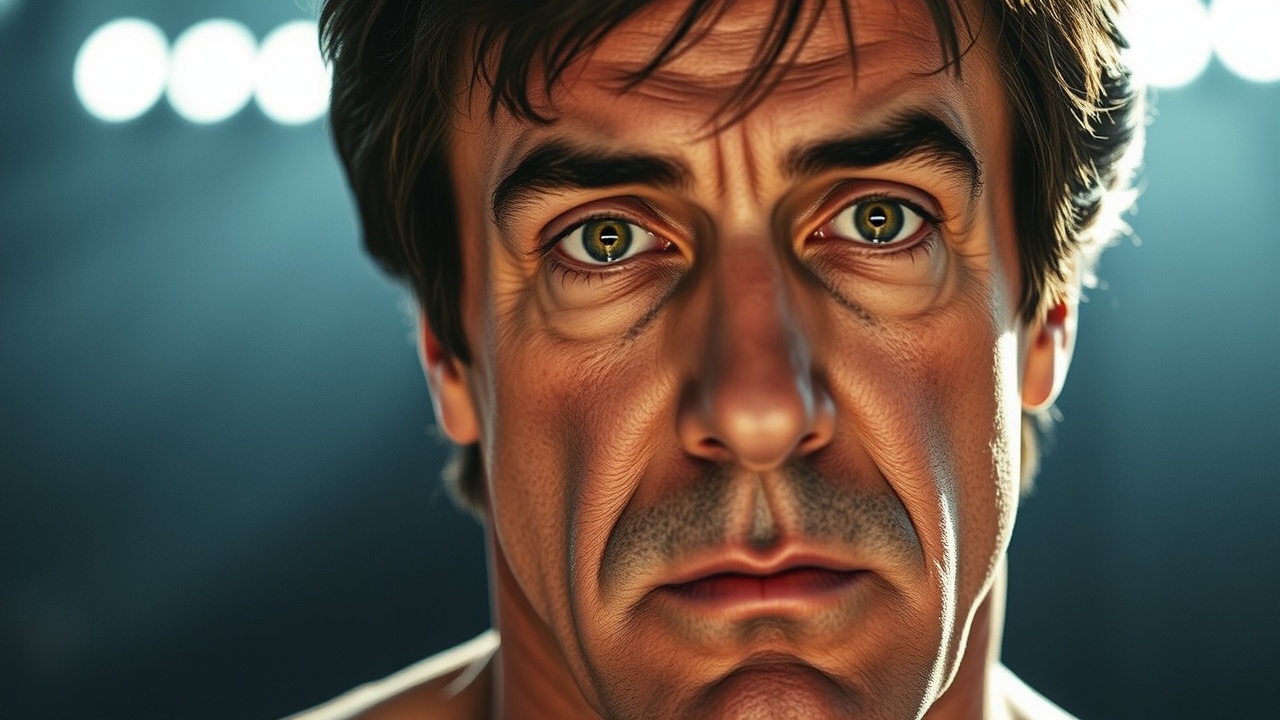Sylvester Stallone’s Tattoos: A Story of Recovery
Sylvester Stallone’s decision to adorn his body with tattoos goes beyond mere aesthetics; it tells a profound story of recovery from a significant injury that nearly derailed his acting career. The actor first opened up about the history of these tattoos in connection with the documentary “Arnold & Sly: Rivals, Friends, Icons,” where he recounted a devastating incident during his training for the film “Rocky II.”
The Injury
In a bench-press competition with bodybuilder and former Mr. Universe Franco Columbu, Stallone suffered a severe injury, tearing the pectoral muscle from his left arm. The moment was jarring, marked by a loud “pow” that made him aware something had gone terribly wrong instantly.
Recovery and Transformation
After undergoing surgery, the actor faced an imperfect recovery. Stallone noted that the repair left his muscle twisted, and after some time, the physical repercussions became evident, showcasing unsightly swelling and bruising that marred the once-pristine contour of his chest. Unhappy with the way it looked, he chose to hide the injury beneath tattoos, transforming an unfortunate situation into something uniquely personal. In his words,
“I had this big, sexy stitch scar, but all these veins started coming out, so I decided just to have it covered and kind of camouflage it.”
Artistry and Identity
What began as a simple attempt to mask his chest imperfections evolved into a canvas for personal art. With each new tattoo, Stallone expressed his artistic identity while simultaneously concealing the evidence of the trauma. Furthermore, this injury significantly affected the portrayal of Rocky Balboa. Due to the limitations it imposed on his left arm, Stallone adapted his character’s fighting style to be predominantly right-handed—a critical change not just for the film’s narrative but out of necessity.
Public Image and Legacy
The strategic choice to tattoo over the flaws served to protect Stallone’s public image as a strong and resilient figure within Hollywood. By redirecting focus away from his physical scars, he preserved the essence of his performances and his beloved character, reinforcing the narrative instead of drawing attention to personal imperfections. Details of his tattoos even found their way into his work, with the inked designs making a notable debut in the film “Bullet to the Head.” Many fans were unaware of their real-life significance, assuming they were crafted for cinematic purposes rather than as markers of personal history.
A Testament to Resilience
At 79 years old, Stallone’s body is a testament to his life experiences, with tattoos that narrate a story of adversity turned into art. They signify not just the trauma endured but also the resilience that propelled the iconic Rocky series forward. This shift from victimhood to artistry is reflective of Stallone’s overarching commitment to his craft, focusing on storytelling over excuses.
Continuing the Legacy
As he continues to leave his mark—this time through the ongoing series “Tulsa King,” now in its third season on Netflix—Stallone remains a larger-than-life figure, embodying both the struggles and triumphs that have shaped his storied career.
About the Author
Phil Jay has made a name for himself in the boxing journalism world with over 15 years of experience. As the Editor-in-Chief for World Boxing News since 2010, he has brought readers exclusive interviews with world champions and firsthand accounts from major fights across the globe. View all articles by Phil Jay to explore his contributions to combat sports journalism.




